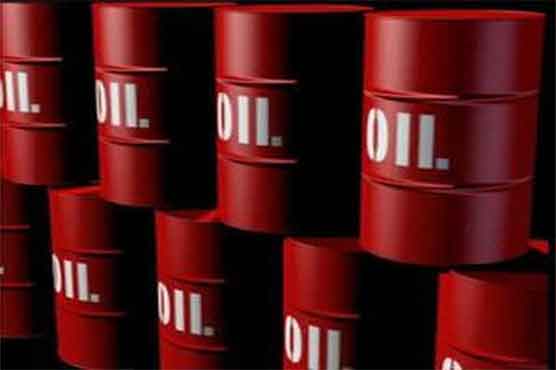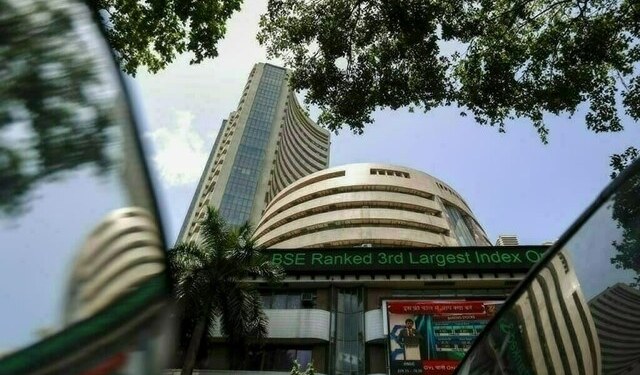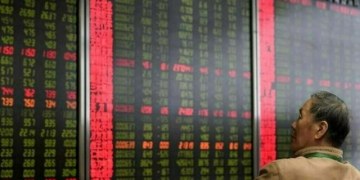Monday, 09 November 2015 13:03
 DOHA: Long-term oil market fundamentals remain robust but prolonged low prices could threaten security of supply and pave the way for a price spike, Saudi Arabia’s vice oil minister said on Monday.
DOHA: Long-term oil market fundamentals remain robust but prolonged low prices could threaten security of supply and pave the way for a price spike, Saudi Arabia’s vice oil minister said on Monday.
The world’s largest crude exporter will continue investing in its oil and gas sector, Prince Abdulaziz bin Salman said.
“For a major reserve holder, oil producer and exporter such as Saudi Arabia, our focus has always been on the long-term trends shaping the oil market,” he said in a speech at an Asian energy conference in the Qatari capital Doha.
“Rather than being a commodity in decline, as some would like to portray, supply and demand patterns indicate that the long-term fundamentals of the oil complex remain robust.”
The comments suggest the OPEC heavyweight is satisfied with its strategy of not cutting its production and allowing low prices to reduce supplies, without losing its market share against competitors.
Prince Abdulaziz said cuts in oil industry investments elsewhere in the world would lead to a drop in crude supplies from non-OPEC countries in 2016 and beyond that was unlikely to be reversed. Meanwhile, growth in demand fuelled mainly by Asia would remain strong, though slower than in the past.
“The potential impact of current cuts in expenditure on future oil supplies is both substantial and long-lasting,” he said.
“Non-OPEC supply is expected to fall in 2016, only one year after the deep cuts in investment. Beyond 2016, the fall in non-OPEC supply is likely to accelerate, as the cancellation and postponement of projects will start feeding into future supplies, and the impact of previous record investments on oil output starts to fade away.
“Previous cycles have shown that the impact of low oil prices is long-lasting, and that the scars from a sustained period of low oil prices can’t be easily ‘erased’.”
Prince Abdulaziz said a prolonged period of low oil prices was unsustainable, warning it could “reduce the resilience of the oil industry, undermining the future security of supply and setting the scene for another sharp price rise”.
“Just as the assertions, heard a few years ago – that the oil price would reach $ 200 a barrel – were proved wrong, so the recent assertion that the oil price has shifted to a new low structural equilibrium will also turn out to have been wrong.”
CONTINUING TO INVEST
Oil companies around the world have deferred some $ 200 billion worth of projects including complex, expensive ventures that hold huge resources, such as Canadian oil sands and deepwater projects in Africa and southeast Asia.
But Saudi Arabia appears keen to send a message to the market that it is moving ahead with its oil and gas projects.
“As a responsible and reliable producer with a long-term horizon, the kingdom is committed to continue to invest in its oil and gas sector, despite the drop in the oil price,” Prince Abdulaziz said.
“These measures validate our belief in the strength of the long-term fundamentals of energy markets, and demonstrate the importance that Saudi Arabia attaches to maintaining its oil export capability and spare capacity.”
Prince Abdulaziz also rejected the idea of some analysts that the current oil price drop resembles one in the mid-1980s.
“The current low levels of spare capacity, together with the robust growth in demand, indicate that the current market fundamentals are different from those of the early 1980s, and that comparisons with that period are therefore misplaced.”
In 1985, global oil consumption was just over 59 million barrels per day and available spare production capacity was at a historic high of over 10 million bpd, meaning the ratio of spare capacity to global consumption was about 17 percent, he said.
In 2015, oil consumption is estimated at 94 million bpd while usable spare capacity, mainly in Saudi Arabia, is estimated at 2 million bpd – a ratio of spare capacity to consumption of about 2 percent.
“This is one of the few industries in the world that is operating at such a thin cushion. Spare capacity acts as an insurance policy against unanticipated changes in oil market conditions and is key to maintaining oil price and global economic stability.”




























